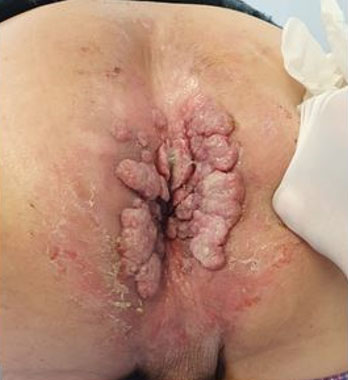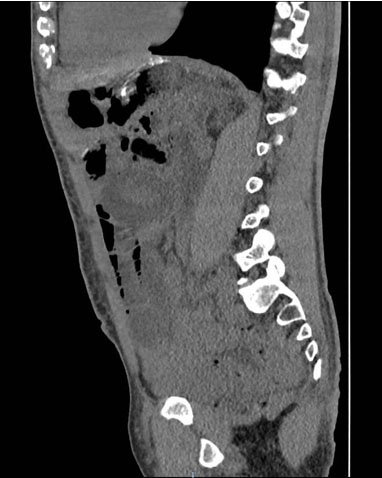 |
Case Report
Two cases of urinary schistosomiasis with unusual egg presentations: Dra 1 repeat sequence not detected
1 Lecturer II, Department of Microbiology, Faculty of Life Sciences, Ahmadu Bello University, Zaria, Kaduna State, Nigeria
2 Professor, Department of Microbiology, Faculty of Life Sciences, Ahmadu Bello University, Zaria, Kaduna State, Nigeria
3 Professor, Department of Public Health and Preventive Medicine, Faculty of Veterinary Medicine, Ahmadu Bello, University, Zaria, Kaduna State, Nigeria
Address correspondence to:
Henry Gabriel Bishop
Department of Microbiology, Ahmadu Bello University, Zaria, Kaduna State,
Nigeria
Message to Corresponding Author
Article ID: 100120Z06HB2023
Access full text article on other devices

Access PDF of article on other devices

How to cite this article
Bishop HG, Inabo HI, Ella EE, Bello M. Two cases of urinary schistosomiasis with unusual egg presentations: Dra 1 repeat sequence not detected. Case Rep Int 2023;12(2):10–14.ABSTRACT
Introduction: Schistosoma haematobium is the primary cause of urinary schistosomiasis in man. It is rare to find other human schistosome species in urine because they are located in the intestines, or those of animal origin. Mixed infections of human and animal species of schistosomes may occur in cattle breeding areas like Nigeria.
Case Report: During a prevalence study on urinary schistosomiasis, two teenage boys from different local government areas (LGAs) of Kaduna State, Nigeria had mixed urinary Schistosoma infections. Their urine samples were centrifuged at 3000 rpm (revolutions per minute) for 5 minutes. Microscopic examination of the urine sediments revealed highly polymorphic eggs (or morphotypes). After subjecting the genomic DNA for detection of S. haematobium Dra 1 tandem repeat sequence by polymerase chain reaction (PCR), it was not amplified. However, there was amplification in a classical urinary schistosomiasis caused by S. haematobium (which served as positive control).
Conclusion: Unusual egg presentations in urinary schistosomiasis may present a dilemma in making diagnostic conclusion. Hence, these two cases suggest the possibility of human–animal Schistosoma hybrids circulating in the area, especially S. haematobium–S. bovis hybrids.
Keywords: Kaduna State, Nigeria, Schistosoma bovis, Schistosoma haematobium
SUPPORTING INFORMATION
Acknowledgments
We express our appreciation to the two consented adolescents, who were the cases in this report. We equally thank Dr. Y.Y. Pala for his kind contribution.
Author ContributionsHenry Gabriel Bishop - Substantial contributions to conception and design, Acquisition of data, Analysis of data, Interpretation of data, Drafting the article, Final approval of the version to be published
Helen Ileigo Inabo - Substantial contributions to conception and design, Interpretation of data, Revising it critically for important intellectual content, Final approval of the version to be published
Elijah Ekah Ella - Analysis of data, Interpretation of data, Revising it critically for important intellectual content, Final approval of the version to be published
Mohammed Bello - Interpretation of data, Revising it critically for important intellectual content, Final approval of the version to be published
Guaranter of SubmissionThe corresponding author is the guarantor of submission.
Source of SupportNone
Consent StatementWritten informed consent was obtained from the patient for publication of this article.
Data AvailabilityAll relevant data are within the paper and its Supporting Information files.
Conflict of InterestAuthors declare no conflict of interest.
Copyright© 2023 Henry Gabriel Bishop et al. This article is distributed under the terms of Creative Commons Attribution License which permits unrestricted use, distribution and reproduction in any medium provided the original author(s) and original publisher are properly credited. Please see the copyright policy on the journal website for more information.





